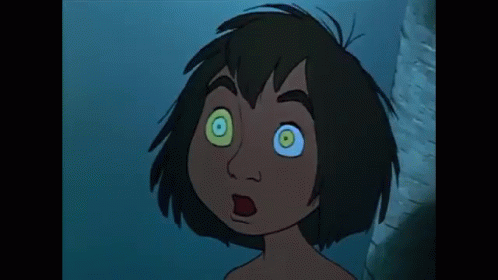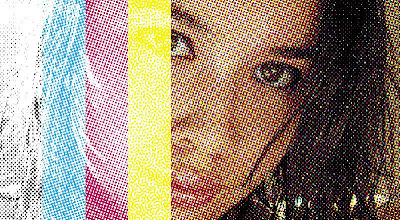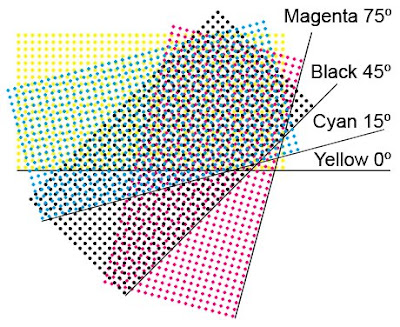Another kind-of-random question that came to my mind, reflecting on some things I've seen in the games of my youth...
I remember a few years ago noticing a particular effect that seemed to be commonly used in Game Boy Color games, and at the time I kind of wondered what was so special about the hardware that led to so many games using it.
Now I understand exactly what the system is doing for this effect, and can recognize the many ways in which the same trick was used in so many other games on the NES, SNES, and so on.
The effect in particular can be seen here: https://youtu.be/UdVJY1gs6n4?t=21281
It is, of course, simply changing the point where it is drawing the background after each scanline. It's how NES games had nifty scrolling effects where clouds could fly by faster than the rest of the scenery, its how the SNES had nifty effects like the dancing flames in the background of the first stage of Dracula X, or the wavy water distortion effects in Magical Quest and Demon's Crest.
By the way, does this technique have a name? Is there some word or term I can use to refer to it without giving examples or explaining in detail how the system is drawing a different part of the background?
At any rate, this effect has seemed so brilliant and cool now that I understand what is going on, and it's great to see the many different ways people have used it to pull off interesting results.
But when I think about it and look back, I don't see it used too often in one frame on the NES. Sure, it gets used a lot to have things like status bars and to divide backgrounds to have elements scroll at different speeds, but I can't think of any situations where it was used for the cool warping effects I've seen on later hardware. This strikes me as a little odd, because really, it is such a fundamentally simple effect that I would think the NES should be able to use it more frequently. I mean, even to draw a boring stationary background, the system still has to change where the image is drawn from for each scanline anyway, or else you'd have 224 identical scalines.
So why did we never see the NES make an underwater level have a wavy distortion effect by moving that draw point a little in the X value every line? Was there actually some kind of limit that kept the system from changing the starting point too many times? Is this just too computationally intense to be done in the H blank and still be able to calculate the rest of the game's code in a single frame? And why was the Game Boy able to do this for every horizontal line when it was in many ways inferior hardware? (Granted doing the whole screen meant fewer lines, but still.) Or was it capable, but just that nobody thought to do it for whatever reason?
I remember a few years ago noticing a particular effect that seemed to be commonly used in Game Boy Color games, and at the time I kind of wondered what was so special about the hardware that led to so many games using it.
Now I understand exactly what the system is doing for this effect, and can recognize the many ways in which the same trick was used in so many other games on the NES, SNES, and so on.
The effect in particular can be seen here: https://youtu.be/UdVJY1gs6n4?t=21281
It is, of course, simply changing the point where it is drawing the background after each scanline. It's how NES games had nifty scrolling effects where clouds could fly by faster than the rest of the scenery, its how the SNES had nifty effects like the dancing flames in the background of the first stage of Dracula X, or the wavy water distortion effects in Magical Quest and Demon's Crest.
By the way, does this technique have a name? Is there some word or term I can use to refer to it without giving examples or explaining in detail how the system is drawing a different part of the background?
At any rate, this effect has seemed so brilliant and cool now that I understand what is going on, and it's great to see the many different ways people have used it to pull off interesting results.
But when I think about it and look back, I don't see it used too often in one frame on the NES. Sure, it gets used a lot to have things like status bars and to divide backgrounds to have elements scroll at different speeds, but I can't think of any situations where it was used for the cool warping effects I've seen on later hardware. This strikes me as a little odd, because really, it is such a fundamentally simple effect that I would think the NES should be able to use it more frequently. I mean, even to draw a boring stationary background, the system still has to change where the image is drawn from for each scanline anyway, or else you'd have 224 identical scalines.
So why did we never see the NES make an underwater level have a wavy distortion effect by moving that draw point a little in the X value every line? Was there actually some kind of limit that kept the system from changing the starting point too many times? Is this just too computationally intense to be done in the H blank and still be able to calculate the rest of the game's code in a single frame? And why was the Game Boy able to do this for every horizontal line when it was in many ways inferior hardware? (Granted doing the whole screen meant fewer lines, but still.) Or was it capable, but just that nobody thought to do it for whatever reason?


